As global temperatures rise, climate change related natural disasters have increased dramatically. This has had a notable impact on the world and the coverage of financial assets.
This has led to a surge in insurance premiums across the USA, with the greatest spike coming from home-owners insurance. According to an analysis performed by Policygenius, home insurance premiums have risen, on average, a staggering 21% between May 2022 and May 2023, impacting 94% of homeowners.
Factors Outside of the Policyholder’s Control that Drive Cost

There are two key components that affect these growing rates that are outside of the insuree’s control. Costs of building materials and labor have gone up, causing premiums to rise as insurer’s attempt to mitigate their losses. However, recent statistics show that this inflation of construction cost has slowed in recent years.
Another factor is the greater risk of asset loss due to extreme weather incidents. Natural disasters are happening at a greater frequency and with more intensity. A 2020 UN report, measured in 20-year increments, showed that from 2000-2019, major natural disasters nearly doubled, causing US$2.97 trillion in global losses. A significant uptick from the US$1.63 trillion that occurred between 1980-1999.
Major Companies Are Reducing Coverage and Abandoning High-risk States
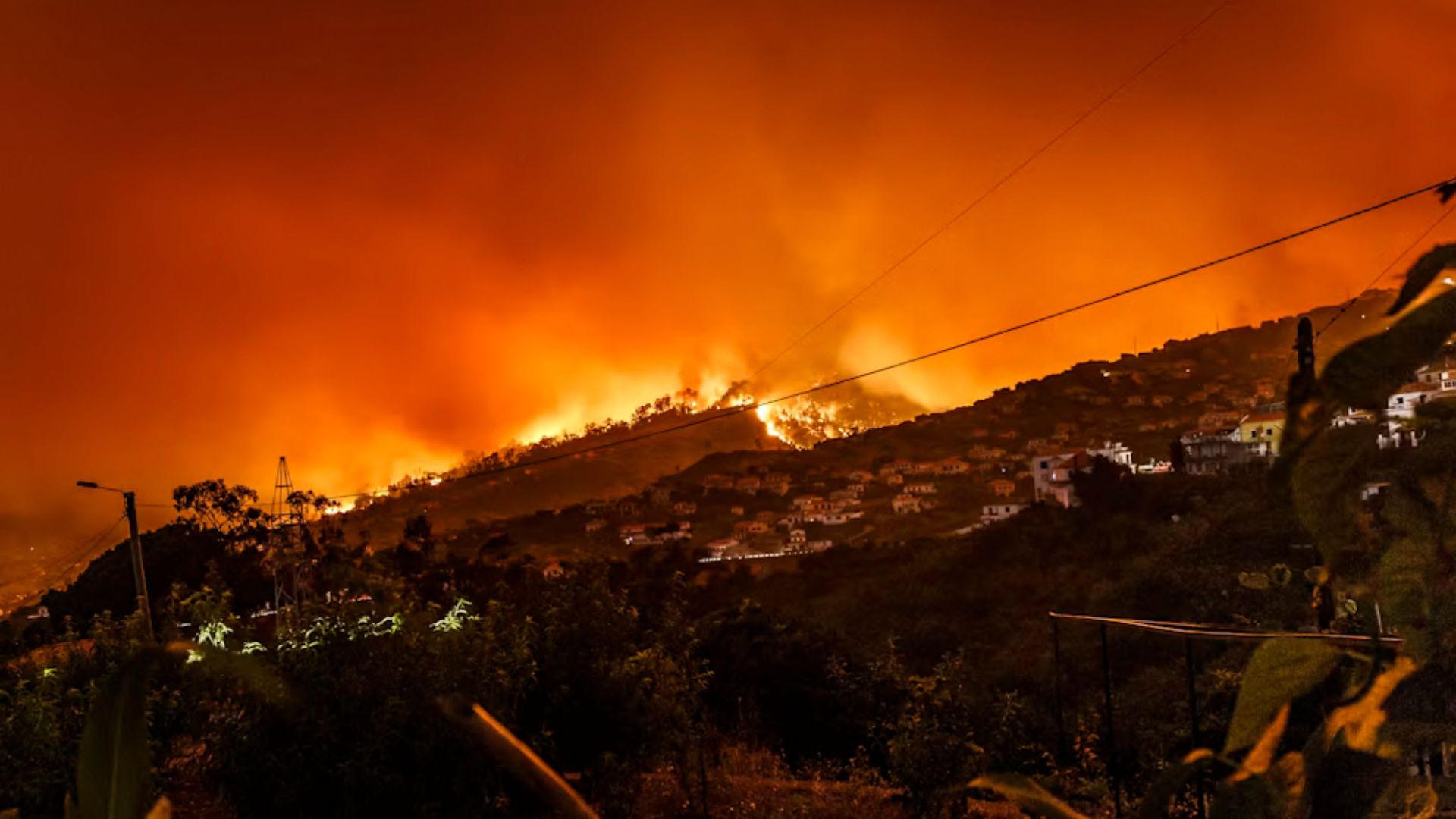
National Insurers such as Allstate, Farmers, State Farm and others have either stopped issuing new policies or have reduced their operations in several high-risk states such as California.
Experts seem to agree that this trend is likely to continue into 2024, with more providers expected to follow suit. This has led to homeowners in these areas struggling to find affordable policies or even find coverage at all.
Concerning Migration and Development Patterns
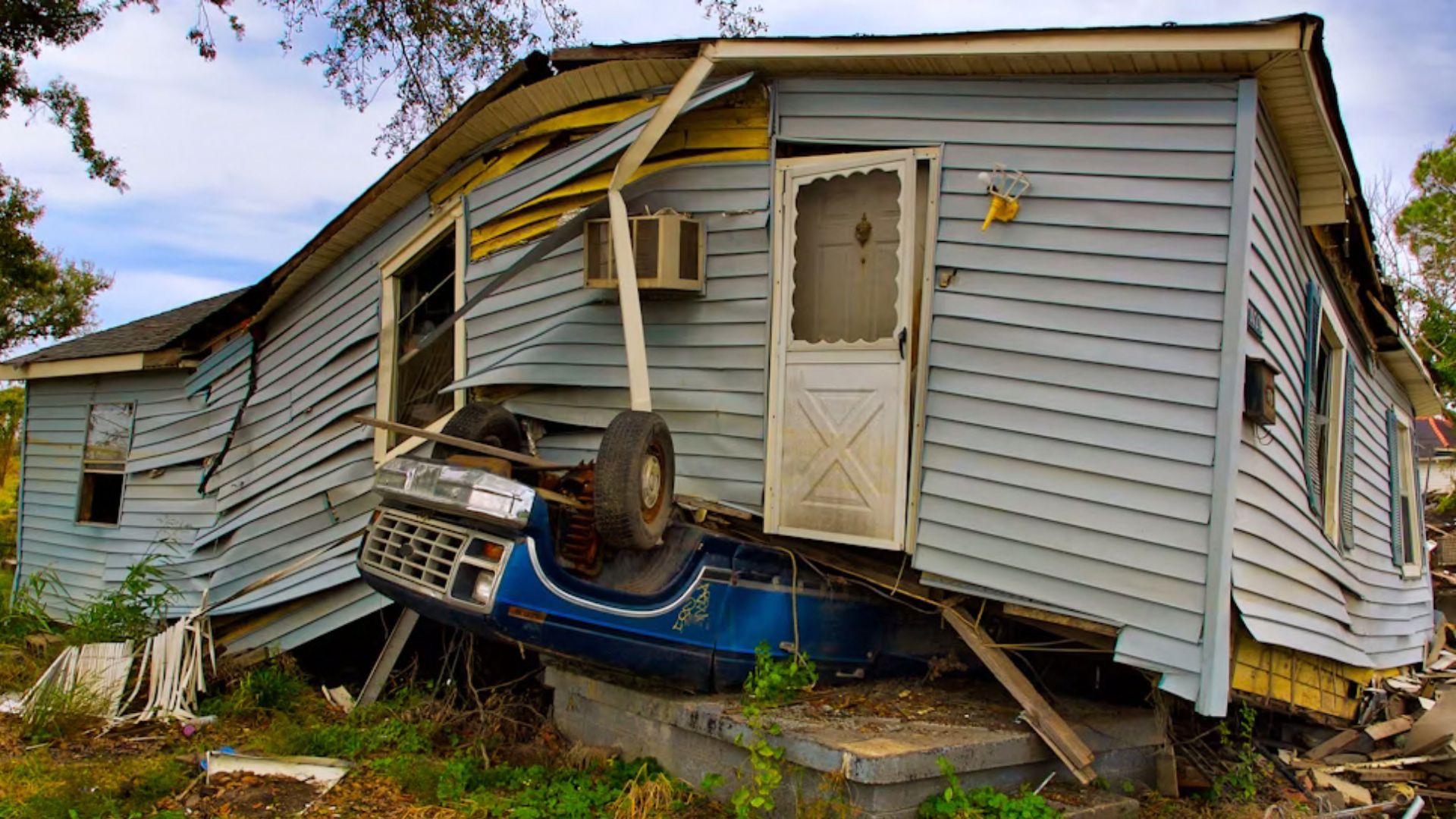
Despite the threat of dangerous weather, Americans are moving into areas where damaging storms and fires are more common. The reason for this is nuanced, but regardless, populations in these regions are booming.
In response to this demand, developers continue to build residential and commercial infrastructure in notoriously high-risk areas. As demand for policies to protect these assets increases, so too does the price of those services.
Areas Frequently Affected by Extreme Weather are Expanding
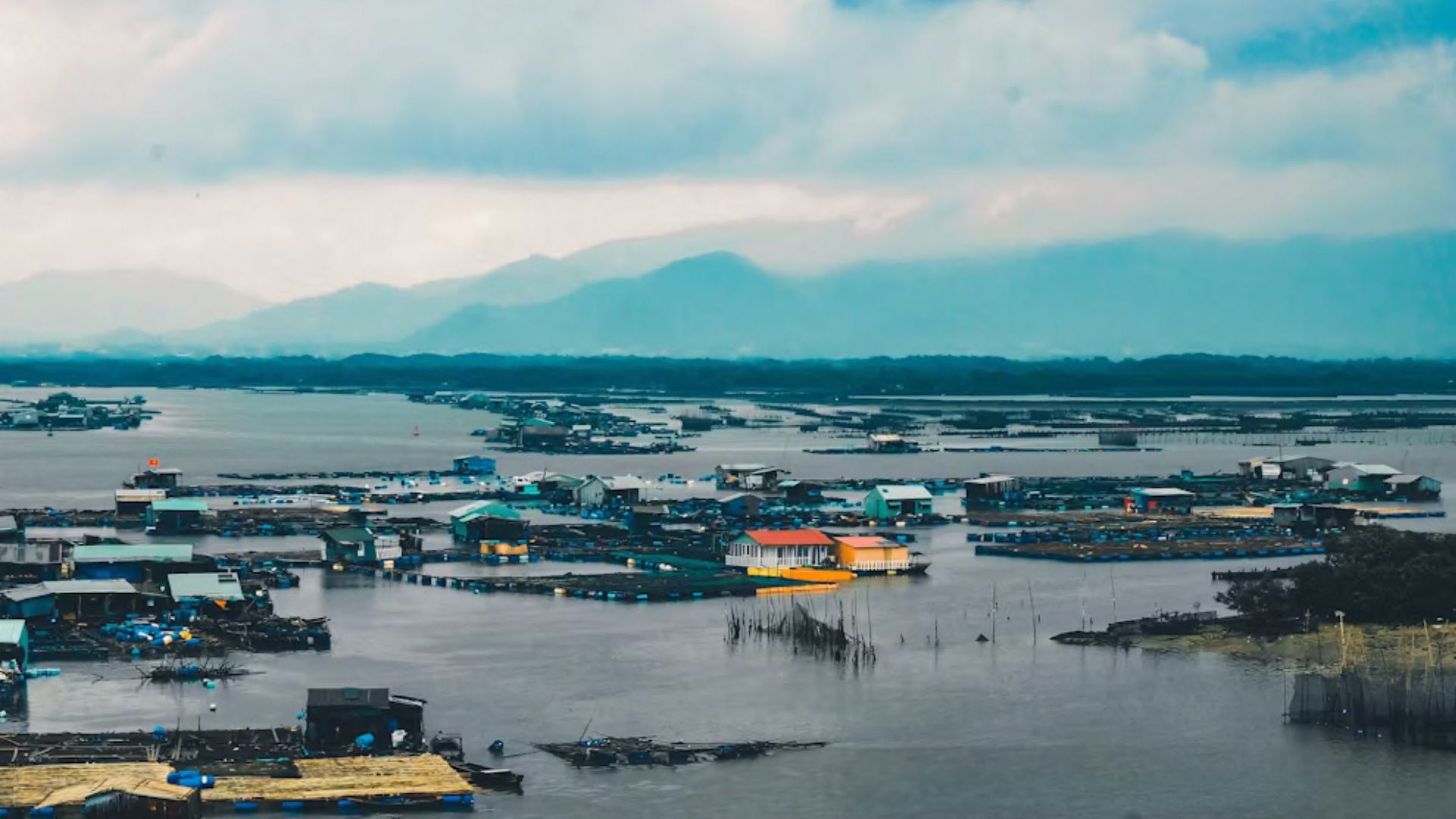
Climate change is expanding the vulnerability of communities in historically low-risk areas. For instance, the threat of flooding is moving further inland than ever before.
This is due to rising sea levels and damaging storms such as hurricanes and tropical storms are becoming more frequent and severe. These types of storms are reaching further inland where they can stall, dumping an overwhelming amount of rainfall in concentrated areas where flood mitigation has historically not been a concern.
The Top States with the Highest Premiums are Surprising
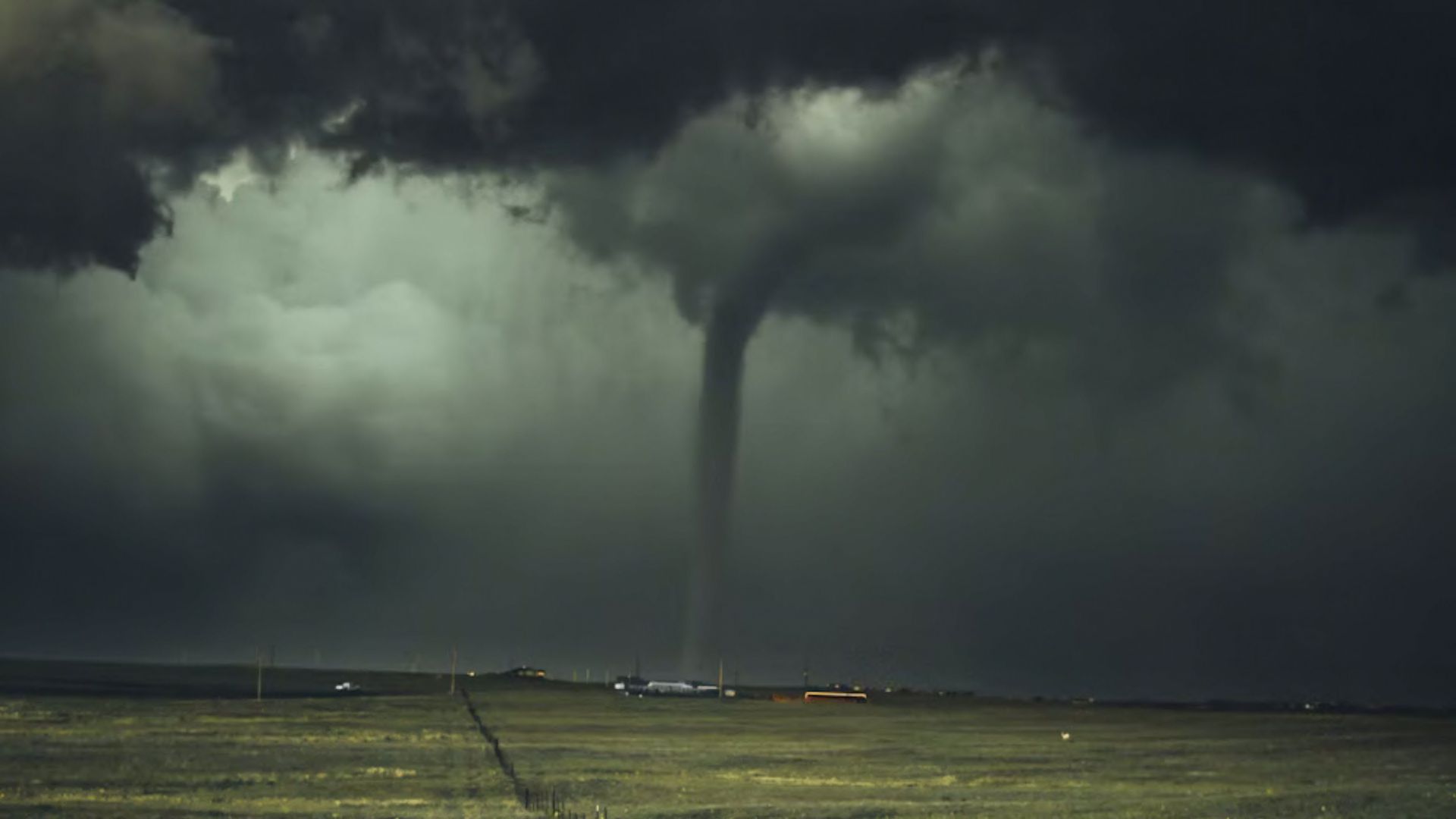
According to an analysis performed by Bankrate, the top three states with the highest average premiums are Nebraska, Oklahoma and Kansas, respectively. There are a number of reasons why, but extreme weather is a key factor. Intense stormfronts, including tornadoes, occur more often in these states, causing flooding and wind damage.
While you may expect to find states like Florida, New York and California to be high on that list, this is not the case. California is actually ranked 31st on this list, as state regulation controls what providers are allowed to charge.
There Doesn’t Seem to be an End in Sight
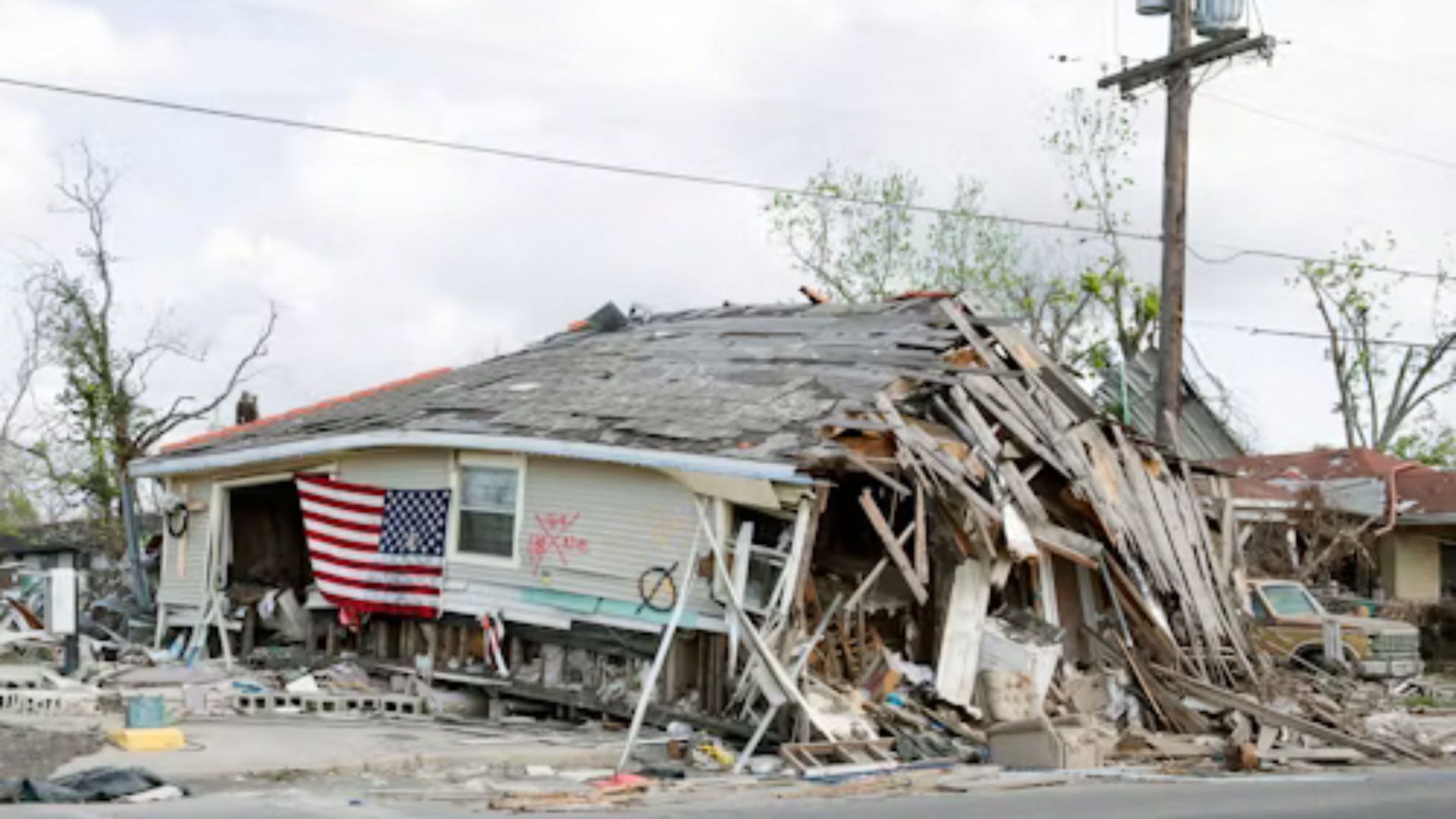
The data collected shows a troubling trend. Climate change related natural disasters and their destructive effects are rising year after year and show little sign of slowing down.
This, of course, will continue to cause insurance premiums to go up, with some projections suggesting a 30-60% increase by 2040.
Resilient Building Practices and Mitigation Efforts
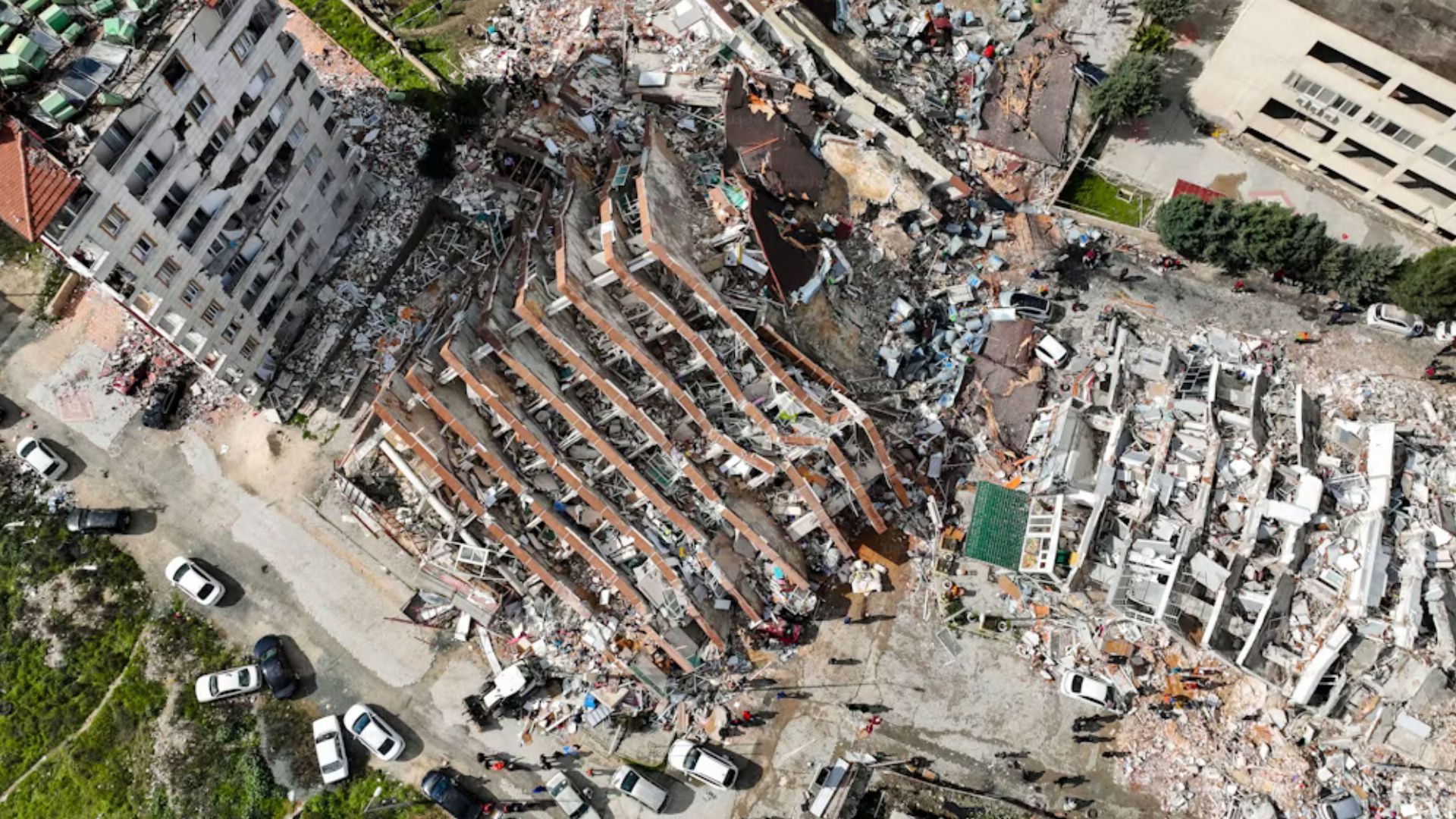
Adopting building practices that make for more resilient structures can go a long way in reducing the damages sustained by dangerous weather patterns. This could mean the difference between repairing a structure and rebuilding one.
A study performed by the Federal Emergency Management Agency (FEMA) found that the use of these hazard-resistant construction methods would prevent at least US$32 billion in losses.
There are a Few Things the Average Homeowner can Do

While the average consumer may not be able to have an effect on national premium costs, there are a few things that can be done to help reduce individual pricing.
Switching to a higher deductible policy, reducing liability risk and, if possible, resisting the urge to file small claims can have an accumulative effect on reducing an individual’s overall premiums.
Climate Change’s Impact Cannot be Understated

Climate change is reshaping our world and the reality is that the effects will be felt for many years to come. These changes are not just environmental, they have a direct impact on our finances.
Staying informed, changing habits and investing in mitigation practices will be instrumental in whether or not we are able to weather the storm.
